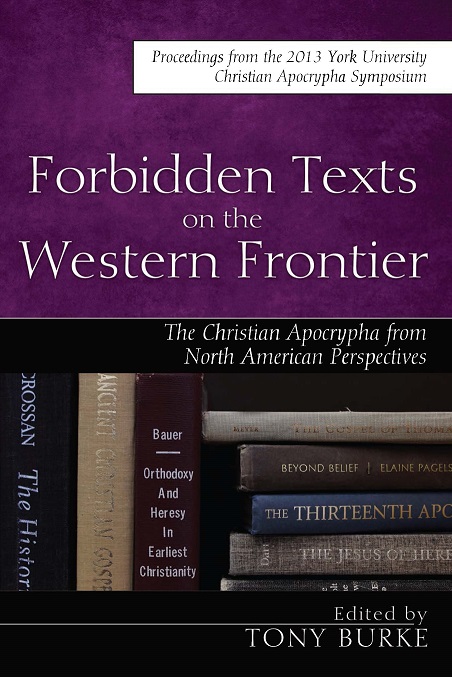2015 York Christian Apocrypha Symposium: A Postmortem (Part 4)
The final day of the Symposium began with a session that was a bit of a grab-bag of papers. Early versions of the program were more cohesive, but with some presenters pulling out, new ones coming in, and the needs of some presenters to leave early or arrive late, we had to make adjustments. We titled the session “Reimagining the Past in Christian Apocrypha,” though, in hindsight, the title is really not very representative of the papers. We tried.
Gregory Fewster (University of Toronto) began the session with “Paul as Letter Writer and the Success of Pseudepigraphy: Constructing an Authorial Paul in the Corinthian Correspondence.” The paper is a response to Alberto D’Anna’s argument that discrepancies between 3 Corinthanians and other Pauline letters “reduces a lot … the possibility of success for the fiction.” But, as Fewster demonstrates, 3 Cor. was successful, so much that it was included in some NT canons, even the occasional Latin codex. It seems that constructing a believable Pauline pseudepigraphon was relatively easy, given that even in the second century Paul was known more for his letter-writing practice than for the contents of his letters. So, despite the discrepancies, Fewster says, “one could thus believe that Paul wrote this response letter because Paul is the type of person who would have written this letter.” One of the strengths of Fewster’s paper is in its attention to the various forms the Corinthian Correspondence takes, both as an independent writing and embedded in the Acts of Paul…









